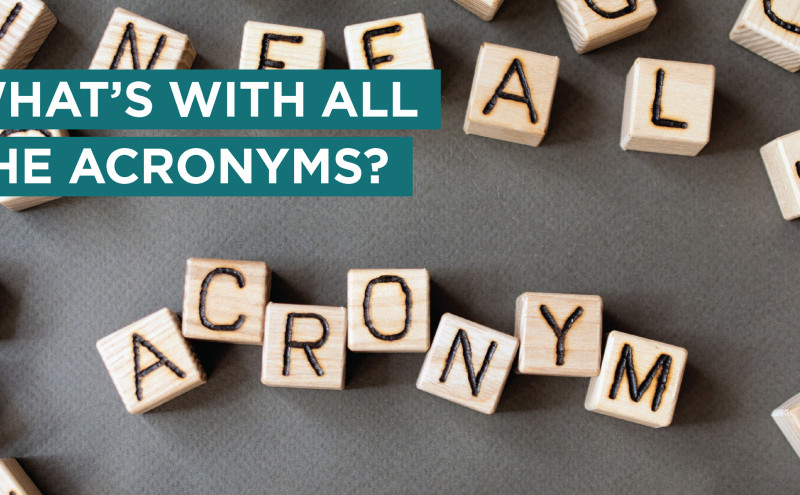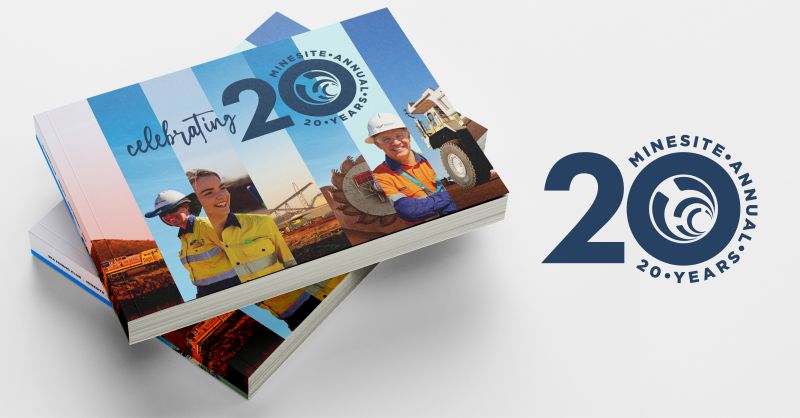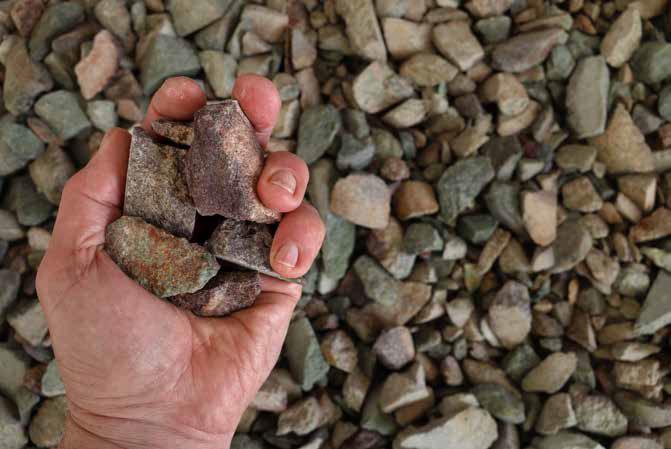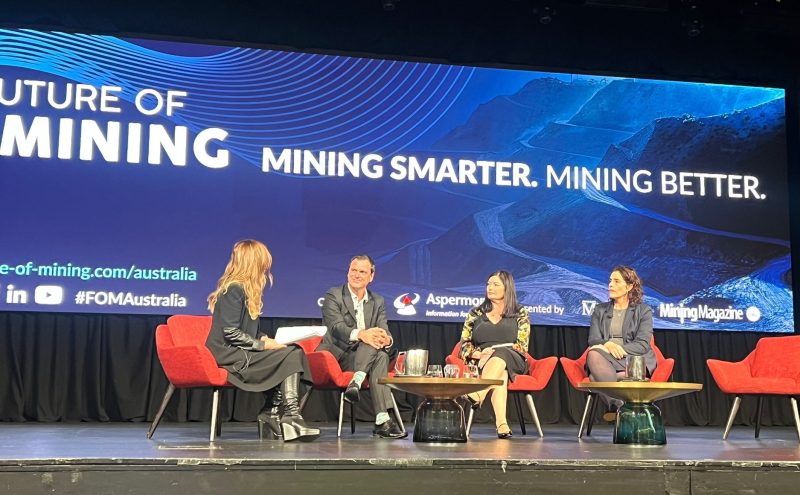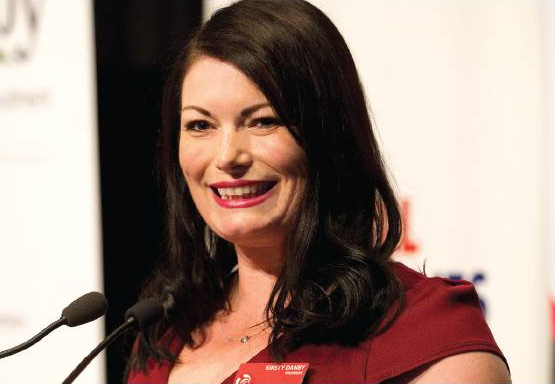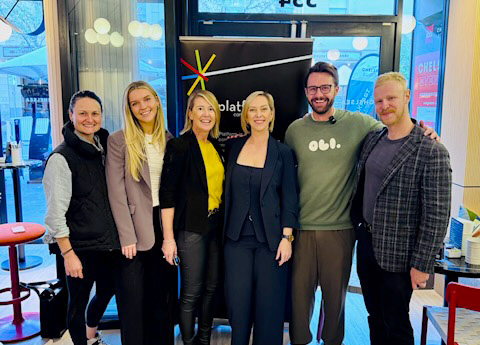Social license to operate ranks as the number one business risk in EY’s annual ‘Top 10 Business Risks and Opportunities’ report, with close to half of those surveyed putting it at the top of their list. The report cites unstable politics, volatility in the commodity markets and a demand for greater transparency in the supply chain as well as a lower carbon footprint as indicators of a need for greater SLTO.
Surveys aside, a lack of SLTO has and still is, costing the industry vast sums of money. A paper published in the Proceedings of the National Academy of Sciences in 2014, found that delays as a result of community conflict cost companies US$20 million a week on major mining projects worth US$3 to $5 billion.
At the same time, it was reported that community opposition caused five mining projects to be abandoned globally between 2006 and 2013. This includes a coal mining project in New South Wales’ Hunter Valley.
Even the mention of the term has increased exponentially. For instance, after mentioning the concept of social license in less than 10 articles a year from 1997 through 2002, news media mentioned social license in more than 1,000 articles a year from 2013 to 2015, and more than 2,000 articles in 2016.
In broadest terms, SLTO tends to be regarded as the ongoing acceptance or approval of an operation by those local community stakeholders who are affected by it.
SLTO is best understood as a set of demands and expectations, held by local stakeholders and broader civil society, for how a business should operate.
According to Thomas and Boutilier, there are four levels of social license each with their own characteristics.
Level of social license for project | Symptoms or indicators |
|---|---|
Fig 1: Measuring the Social License (Thomas and Boutiler) | |
SLTO for project withheld or withdrawn | Shutdowns, blockades, boycotts, violence, legal challenges |
Project accepted or tolerated | Lingering or recurring issues and threats, presence of outside NGOs, watchful monitoring |
Project approved and supported | Company seen as a good neighbour, pride in collaborative achievements |
Psychological identification | Political support, comanagement of projects, united front against critics |
Using this matrix, we can spot examples, both good and bad from inside and out of the resource’s world.
Despite having the correct government approvals in place, Metgasco faced enormous social resistance for its Coal Seam Gas (CSG) exploration near the town of Lismore in NSW. A survey of Lismore voters in 2012 found that 87 per cent of people did not support CSG development.
By 2013, about half of Lismore voters had participated in protest rallies and marches. In 2014, thousands of people camped on the bordering property of a farmer who had signed a contract with Metgasco, at the historic Bentley blockade. Eventually, Metgasco was paid A$25 million as compensation for its cancelled gas licence. The episode came at great cost to both Metgasco and the NSW government.
The Metgasco incident is an example of where an SLTO was withdrawn. At the other end of the spectrum between 2003 and 2007, fashion brand Gap engaged in multi-stakeholder dialogue about how to reduce the risk of labour abuse in its supply chain and was transparent about the mitigation measures it had taken.
Its activities enjoyed widespread social licence, to the point that when child labour was alleged at an Indian supplier in 2007, the company was defended by a range of stakeholders for having undertaken a reasonable standard of due diligence.
What about Adani I hear you say as you look up from your alphabet soup?
As of September 2019, 57 companies have pulled out of business dealings with the Adani Carmichael coal mine project. Fourteen global insurance companies have also pulled out, with another likely to follow suit.
A whistle-blower tipped off activists that the US-based company is insuring construction works, prompting a worldwide petition that gathered 135,000 signatures.
A poll in 2017 found that 56.6 per cent of respondents in Australia and across both sides of the political landscape opposed the mine. Previous polling had shown that 74.4 per cent of Australians opposed the proposed billion-dollar federal loan to Adani.
Why has the company failed to secure a social license?
There are a lot of theories, but a glaringly obvious one is that SLTO cannot be bought. It’s not a business transaction that can be purchased, such as supporting the local charity or cricket club. And it certainly can’t be bartered for in return for some jobs and mining contracts.
Why? Because economics makes up only a part of our society. Society is shaped by the relationships between individuals, or in our SLTO example, the relationships between stakeholders.
Only a few of Adani’s stakeholders were willing to come in and bat for them, even the ones with fat contracts in their pockets. And as soon as those relationships fell down, so too did the foundation of the company’s SLTO.
It’s telling that the mining industry – outside of a few coal miners – were willing to weigh in on the matter.
As American Football coach Vince Lombardi said: Individual commitment to a group effort – that is what makes a team work, a company work, a society work, a civilization work.
